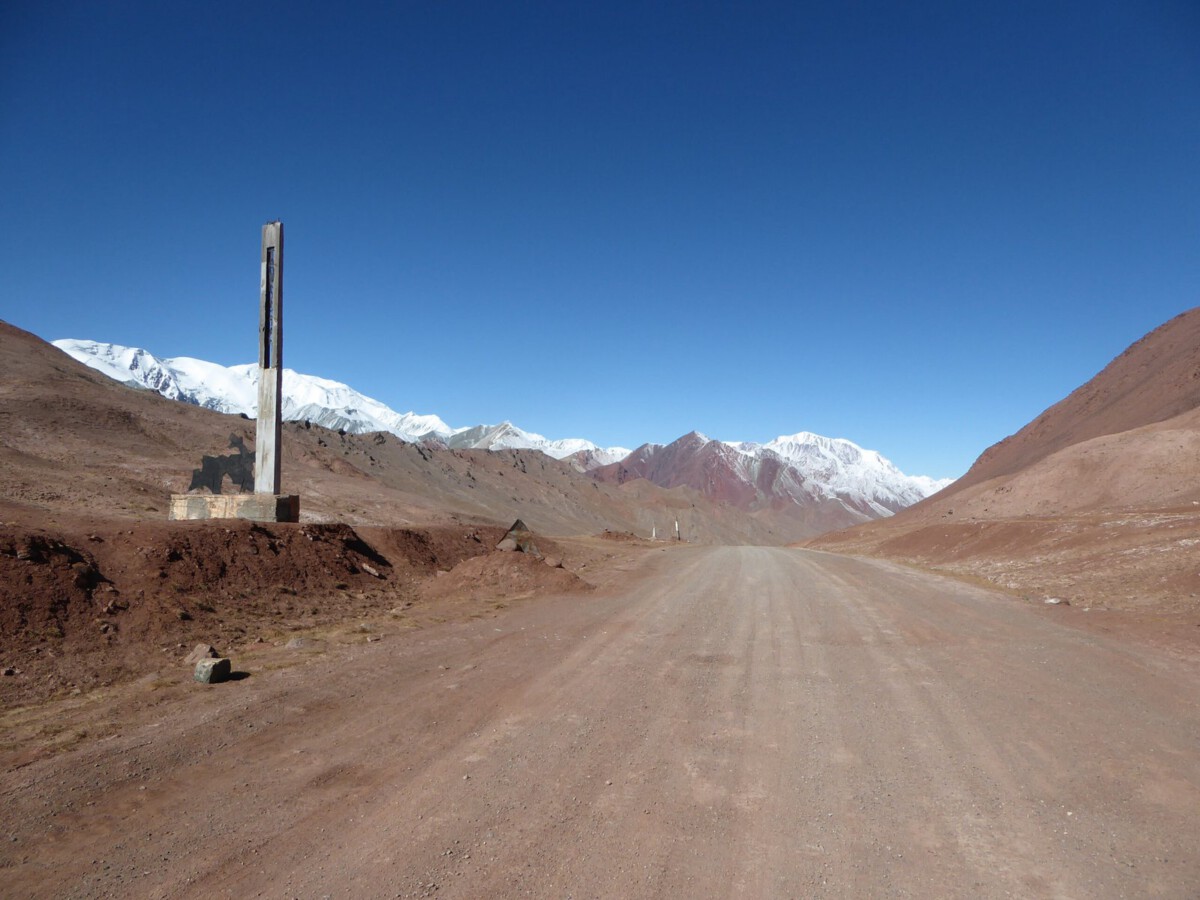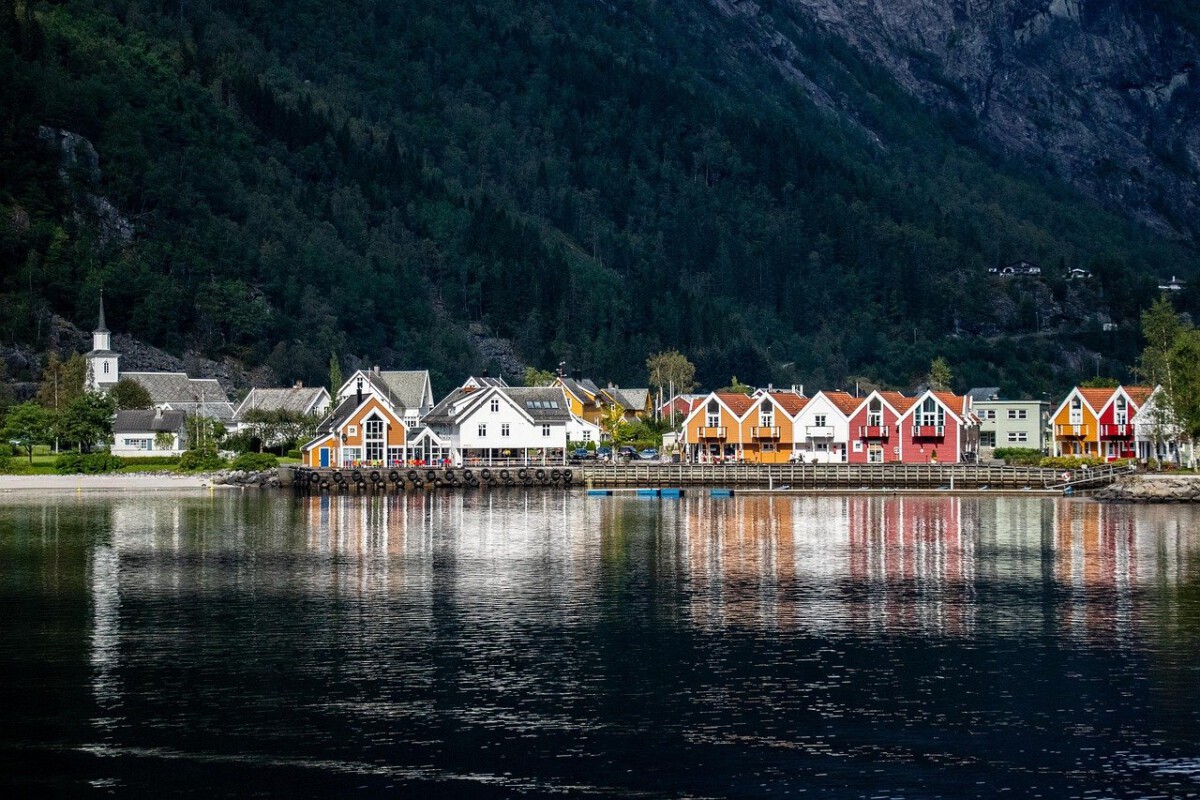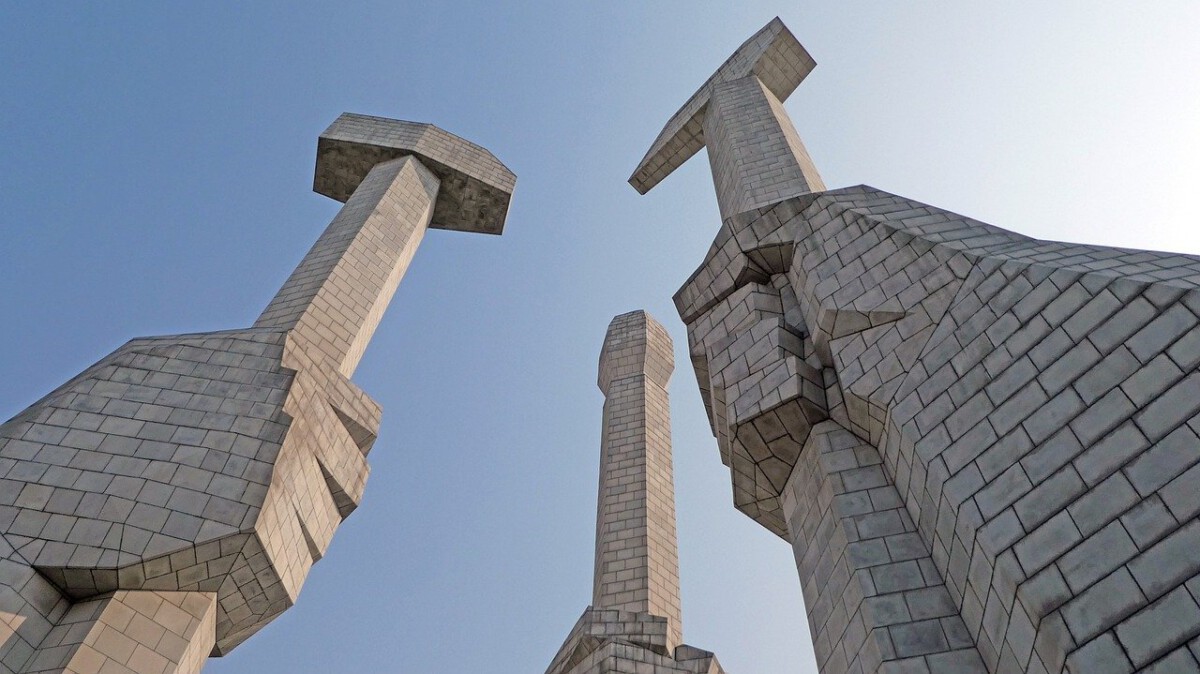The Place Where Reality Feels Like Fiction

Nestled on the edge of the United States and Mexico lies a border crossing so strange, it almost feels like something out of a dream. Located in the isolated desert between Antelope Wells, New Mexico, and El Berrendo, Chihuahua, this crossing is far from the busy border gates most people imagine. Here, the silence is overwhelming, interrupted only by the occasional bird or the distant hum of a truck. There’s no city skyline, no bustling shops, just a single lane road and a small, unassuming border post. Travelers who arrive are often greeted by nothing but the wind and a lone Customs and Border Protection officer. The emptiness is surreal, a stark reminder of how arbitrary and profound borders can be. It’s a place where the line between two countries feels both invisible and deeply significant.
Why This Crossing Exists at All

The origins of this border crossing date back to early 20th-century trade routes and ranching communities that spanned both sides of the border. Despite its remote location, Antelope Wells was established to serve as a legal entry point for people and goods moving between the United States and rural northern Mexico. Over the decades, the crossing has seen changes in its importance. In the mid-1900s, it provided a vital link for agricultural trade, but as transportation patterns shifted and nearby communities dwindled, its necessity faded. However, the crossing remained open, largely due to treaties and agreements that made it a point of law and tradition. Its continued existence today feels almost like an echo of history—kept alive more by paperwork and policy than by regular use.
The Loneliest Border Crossing in America

Statistically, Antelope Wells is the least used land border crossing in the entire country. According to U.S. Customs and Border Protection, fewer than fifteen vehicles pass through each day on average. Some days, no one at all comes through. The crossing’s remote location—over 100 miles from the nearest major town—adds to its aura of isolation. There are no gas stations, restaurants, or hotels nearby, so anyone crossing must be well-prepared. This sense of abandonment gives the crossing a ghostly quality, making every traveler’s passage feel significant and almost theatrical. In a country obsessed with security and surveillance, the emptiness of Antelope Wells feels both shocking and oddly peaceful.
Who Uses This Crossing—and Why?

The people who use the Antelope Wells crossing are a unique group. Most are ranchers, local residents with family or business on both sides of the border. Occasionally, adventurous travelers and long-distance cyclists on the Great Divide Mountain Bike Route will pass through, seeking the thrill of such an unusual checkpoint. Border patrol agents and customs officers are sometimes the only humans for miles in any direction. For locals, the crossing is a lifeline, allowing families to stay connected and small-scale trade to continue. For travelers, it’s a badge of honor—a story to tell about the time they crossed the most isolated border gate in America. The reasons are personal, practical, and sometimes downright adventurous.
A Border Without a Town

Unlike almost every other major crossing between the U.S. and Mexico, there is no town at Antelope Wells. On the American side, there’s only the border station. On the Mexican side, El Berrendo is little more than a ranching outpost, with no real facilities or services. This absence of urban life makes the crossing feel like it’s suspended in time and space. There are no crowds, no lines, and no noise—just the vast expanse of desert stretching as far as the eye can see. The lack of development around the crossing also means that the border wall, so visible in other areas, is almost nonexistent here. The land seems untouched, wild, and eerily beautiful.
The Surreal Sights and Sounds

Travelers often describe the experience of arriving at Antelope Wells as surreal and almost cinematic. The silence is profound, broken only by the buzz of insects or the distant call of a hawk. The harsh desert landscape, with its endless stretches of cactus and scrub, adds to the sense of unreality. At sunset, the sky explodes in color, painting the border post in hues of orange and pink. The crossing’s isolation is so complete that even the smallest events—a passing car, the opening of a gate—feel momentous. The surreal sense is heightened by the knowledge that this lonely spot marks the boundary between two nations with vastly different cultures and economies. For some, it’s a place of reflection; for others, a symbol of how borders can be both real and imaginary.
The Human Stories Behind the Border

Despite its emptiness, Antelope Wells is not without human drama. Border patrol agents stationed here tell stories of lonely nights, unexpected visitors, and the rare but memorable encounter with migrants seeking a better life. Some migrants are found exhausted and dehydrated, having attempted to cross the harsh desert terrain on foot. Humanitarian groups have occasionally left water and supplies in the area, hoping to prevent tragedy. These stories give the crossing a sense of gravity—reminding us that, even in the most remote places, the border can be a site of hope, struggle, and survival. The agents themselves, used to the monotony, find meaning in these rare moments of connection.
Security Measures in a Place Few Visit

Despite its low traffic, Antelope Wells is equipped with modern security technology. Surveillance cameras and sensors monitor the area, and border patrol agents conduct regular patrols using vehicles and even drones. The investment in security here reflects broader national concerns about border control, even in the quietest corners. In 2021, overall apprehensions at the U.S.-Mexico border soared to over 1.7 million, according to U.S. Customs and Border Protection. While Antelope Wells accounts for only a tiny fraction of this, its continued operation is seen as a crucial piece in the larger puzzle of national security. The juxtaposition of high-tech security and utter isolation is part of what makes this crossing so surreal.
The Environmental Impact of the Border

The landscape around Antelope Wells is fragile, home to rare species like the jaguar and the Sonoran pronghorn. Environmentalists have raised concerns about the impact of border infrastructure on these ecosystems. The construction of walls and roads can fragment habitats, disrupt migration patterns, and threaten endangered wildlife. In recent years, scientific studies have documented the presence of jaguars in nearby mountain ranges, highlighting the importance of keeping certain corridors open. The area’s remoteness has so far spared it from the most severe development, but the threat remains. Balancing security with environmental stewardship is a constant challenge at this surreal outpost.
The Future of the Crossing

The future of the Antelope Wells crossing remains uncertain. Policy debates at the national level could lead to increased investment—or the eventual closure—of some remote border posts. Local residents and environmental advocates watch these discussions closely, concerned about the impact on their lives and the land. For now, the crossing endures, a living relic of history and a symbol of how borders can be both barriers and bridges. The surreal atmosphere persists, drawing the curious and the determined to witness a place where reality seems to bend, and where the line between nations is both unmistakable and strangely invisible.



